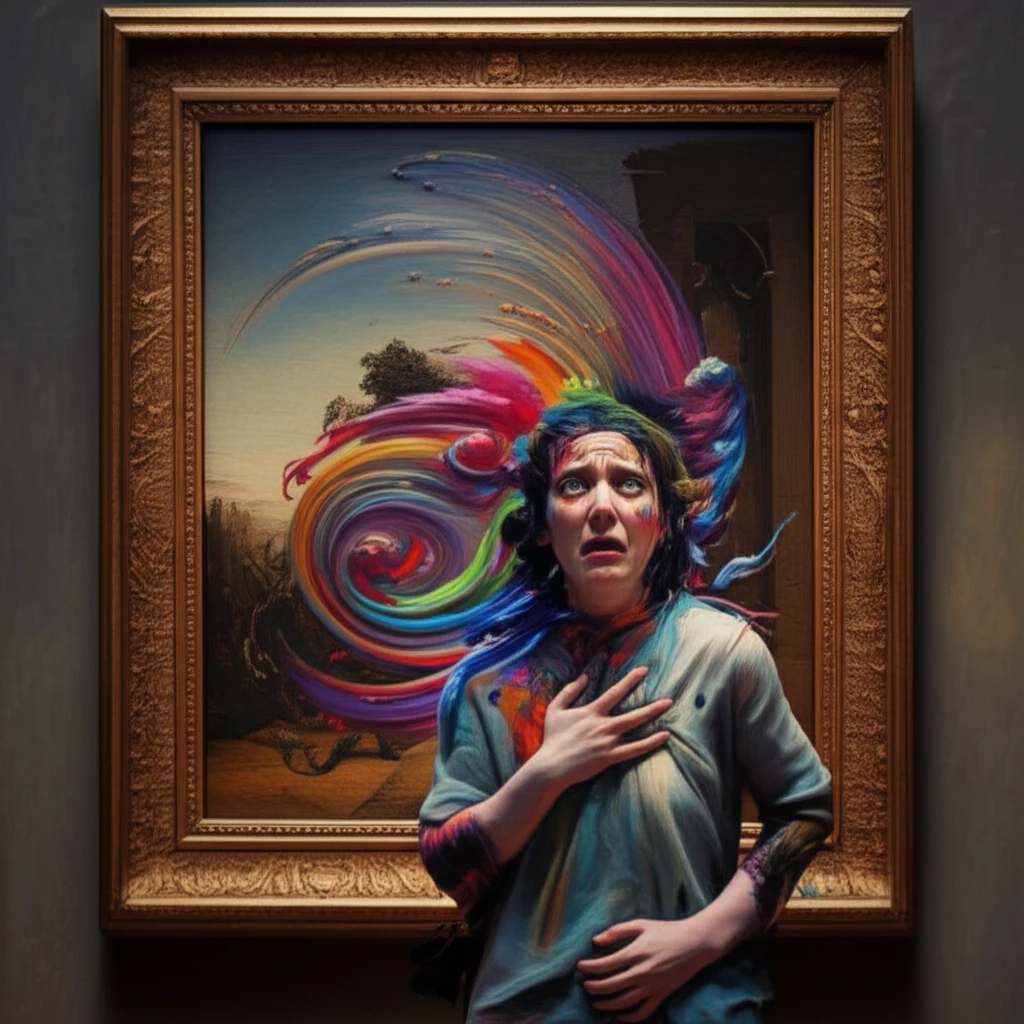
Stendhal Syndrome: When Art Overwhelms the Senses
"Exploring the neurological and psychological depths of a condition triggered by intense aesthetic experiences."
Imagine standing before a masterpiece, and instead of appreciation, you feel your heart race, your senses heighten, and an overwhelming sense of unease washes over you. This isn't just admiration; it might be Stendhal Syndrome, a condition where exposure to art triggers intense physical and emotional reactions.
The phenomenon is named after the 19th-century French author Stendhal (Marie-Henri Beyle), who famously described his experience during a visit to Florence in 1817. Overwhelmed by the art and history surrounding him, Stendhal recounted feelings of dizziness, disorientation, and a profound emotional upheaval. He wrote of feeling a "celestial sensation" from the beautiful art, but also a life-draining exhaustion. This intense reaction has become the hallmark of the syndrome that bears his name.
While not officially recognized as a psychiatric disorder in the DSM-5 (Diagnostic and Statistical Manual of Mental Disorders), Stendhal Syndrome is a fascinating condition that bridges the gap between art, psychology, and neurology. It invites us to consider the powerful impact that art and beauty can have on our minds and bodies.
What Exactly is Stendhal Syndrome?

Stendhal Syndrome, at its core, is a psychosomatic condition—a physical manifestation of a psychological state. It occurs when an individual is exposed to an environment rich with art, particularly in a concentrated setting like a museum or historical site. The experience triggers a cascade of emotional and physiological responses that can be both exhilarating and distressing.
- Geographic Predisposition: Tourists from North America and Asia were notably less affected, suggesting a cultural component.
- Cultural Immersion: Native Italians were also largely immune, likely due to their lifelong exposure to Italy's artistic heritage.
- Personal Factors: Individuals who were alone, and those with a classical or religious education, were more susceptible, regardless of gender.
Is There a Cure for Stendhal Syndrome?
Whether Stendhal himself would have benefited from psychotherapy is a matter of speculation, but the syndrome highlights the intricate interplay between our minds, bodies, and the art that moves us. While generally transient, understanding Stendhal Syndrome offers insights into the power of art and the diverse ways individuals perceive and process aesthetic experiences. If you suspect you or someone you know is experiencing Stendhal Syndrome, seek support and create space to process the overwhelming emotions. Consider gentle immersion in art, mindfulness practices, and discussions with mental health professionals to better understand the experience.
